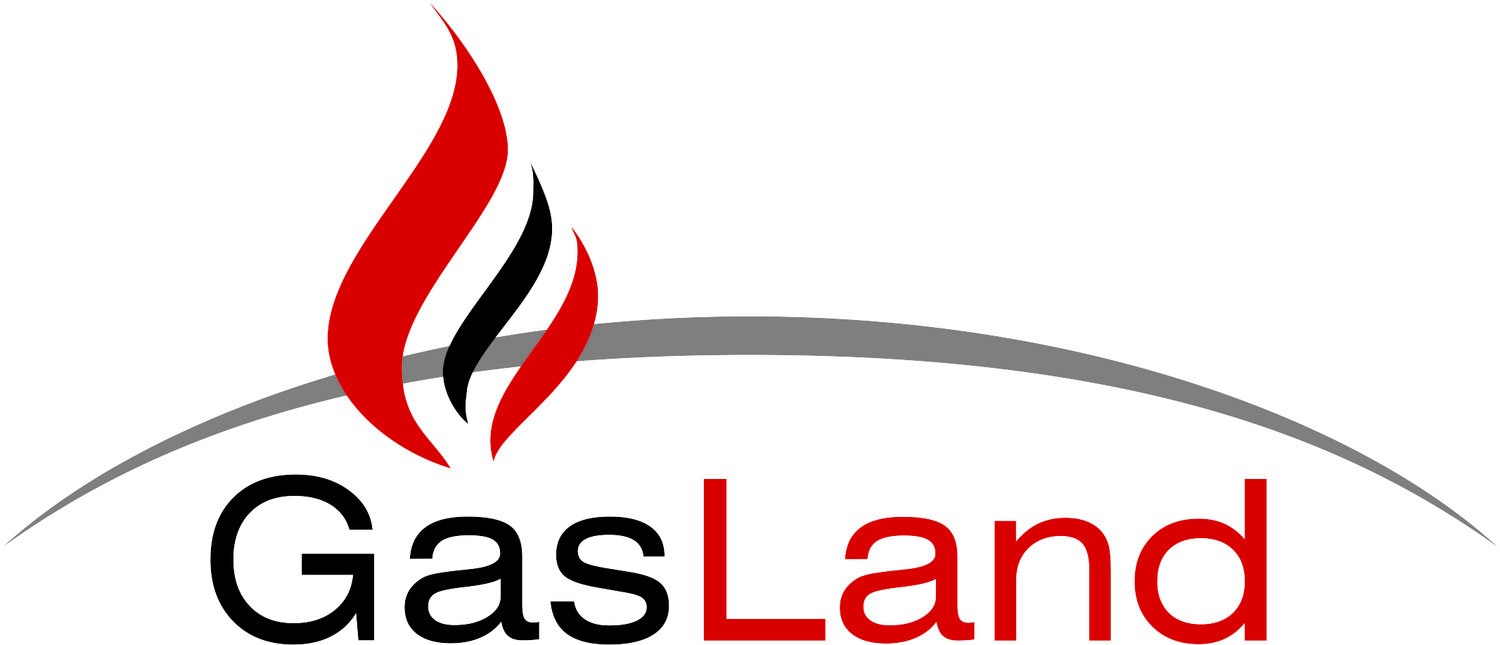December 2016
Sabine Pass Liquefaction Plant exported 10 LNG cargoes in November which is its highest monthly export count yet. The successful exporting of 10 cargoes of LNG in one month is a milestone for both the company and the nation and sets a monthly record for LNG exports from the US.
December 2016
Queensland Curtis LNG project in Australia has exported its 200th cargo since it started producing the chilled fuel in December 2014. The QCLNG plant which is located on Curtis Island, Gladstone, produces about 8 million tonnes per year of LNG from Two Liquefaction Trains
November 2016
Australia Pacific LNG confirmed it had produced the equivalent of a cargo of Liquefied Natural Gas from the Second Train at its LNG facility on Curtis Island near Gladstone. Australia Pacific LNG CEO said, "The Second Train is up and running enabling to deliver commercial quantities of LNG at a sustained output from both Trains".
November 2016
Cheniere expects to ship its first cargo from the Second Train at the end of August with substantial completion at the end of September 2016. The Liquefaction Plant was tentatively scheduled to shutdown the plant for maintenance and testing during the same time. However, Sabine Pass has now resumed operations on both Trains.
September 2016
In response to the market's low prices, Gladstone LNG Plant is planning to run below capacity as Australia Pacific LNG looks to enter the domestic market. APLNG announced that it would build a new $ 80 million Pipeline in Southern Queensland that would allow APLNG to draw gas from north side, which would be sold into the domestic market.
September 2016
Cheniere expects to ship its first cargo from the Second Train at the end of August with substantial completion at the end of September 2016. The Liquefaction Plant is tentatively scheduled to shutdown the plant for maintenance during the same time.
September 2016
Gas Land has completed the Design and Fabrication for the Nitrogen Generation System for Stage 3 of Sabine Pass LNG, and the system is expected to be shipped to the plant in the next four to six months.
September 2016
The $35 Billion Project expects to ship its first cargo mid 2017. According to Chevron's Project Update, the Export Jetty and LNG Loading Arms are complete. All LNG Train 1 modules are on site with Structural, Mechanical and Piping work still continuing. Gas Land is scheduled to commission the Nitrogen Generation System around October 2016
April 2016
Sabine Pass LNG terminal exported their first LNG cargo to Brazil. This marked a historic event in US history as it is the first LNG terminal to be constructed in the lower 48 states for LNG export. Their second LNG cargo was shipped to India. As of April 2016, Sabine Pass LNG has shipped its seventh LNG cargo. The latest ship has set sail to Europe, which was viewed as a major buyer for U.S. Natural Gas.
April 2016
Queensland's new LNG plants are performing "fantastically well" according to Alasdair Cathcart, General Manager, LNG, Oil, Gas & Chemicals at Bechtel. He said that the four LNG Trains operating so far, at the three projects were running about 10 percent above their rated capacity. Additionally, plant reliability had been about 90-95%, which is well above the typical 75% for new LNG trains in their first 12 months.
April 2016
Located in Onslow, Western Australia. The Wheatstone Project includes two LNG Trains with a potential to expand to five LNG trains. Gas Land is extremely proud to be an integral part of this project, which also happens to be the biggest unit we have ever built. If expanded to five LNG Trains. Wheatstone LNG would have a capacity to produce 25 million tons per year.
April 2016
The Sabine Pass LNG gas export terminal constructed in Cameron Parish, Louisiana is owned and operated by Cheniere Energy. Each train has a capacity to liquefy 0.55 billion cubic feet per day (bcfd) of natural gas. Gas Land's state of the art Nitrogen Generation Systems are installed with Train 1 & Train 2. This plant would have a staggering capacity of 3.3 bcfd when all Six Trains are running.

